According to Xataka , nearly two months after the Mate 60 Pro was released, experts in the field of integrated circuit manufacturing agree that SMIC engineers used ASML's TwinScan NXT:2000i UVP immersion lithography equipment as well as Huawei-designed tools to develop the chips. While not as advanced as extreme ultraviolet lithography (EUV) lithography, UVP equipment can be used to produce 5nm and 7nm chips, as long as the manufacturing process is sophisticated enough.
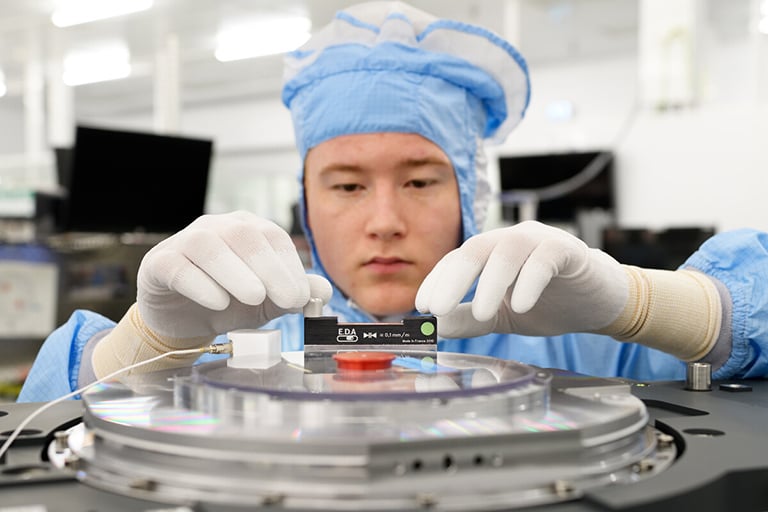
Creating a 5nm chip from the TwinScan NXT:2000i UVP itself would be a technological feat
One of the experts who helped make the discovery was Burn-Jeng Lin, an electrical engineer who was a vice president at TSMC. In a recent interview with Bloomberg, Lin said that the US would not be able to do anything to stop China from continuing to improve its semiconductor manufacturing technology. In fact, SMIC can produce 5nm chips using its TwinScan NXT:2000i UVP equipment.
TechInsights predicted in early September that if SMIC engineers did a good job of refining the integration technology to produce 7nm chips using ASML's UVP equipment, 5nm chips could definitely appear. One of the doubts raised at the time was how much performance per wafer SMIC could achieve, but Huawei's advertising showed that SMIC could release enough chips to meet the demand for 70 million Mate 60 Pros.
Manufacturing 5nm chips is much more complicated than 7nm chips. In theory, the TwinScan NXT:2000i could enable this, but SMIC engineers would have to switch to wafers to increase the resolution of the lithography process. It's likely that SMIC engineers used this technique to produce the Kirin 9000S, but to achieve 5nm chips, they would have to use much more complex patterns.
Experts say it would not be surprising if a new Huawei smartphone with a 5nm chip manufactured by SMIC is launched in the next few months. If that happens, it would certainly be a huge feat because doing so with an ASML UVP device is extremely difficult, if not impossible. US sanctions have been extended to prevent ASML from supplying the TwinScan NXT:2000i to China since November 16. In addition, even the TwinScan NXT:1980Di device is on the ban list. In this context, the only way for China to overcome this is to design and produce its own EUV machine. The country is currently researching its own EUV machine, but this is unlikely to happen until the end of the decade.
Source link



![[Photo] Looking back at the impressive moments of the Vietnamese rescue team in Myanmar](https://vstatic.vietnam.vn/vietnam/resource/IMAGE/2025/4/11/5623ca902a934e19b604c718265249d0)

![[Photo] "Beauties" participate in the parade rehearsal at Bien Hoa airport](https://vstatic.vietnam.vn/vietnam/resource/IMAGE/2025/4/11/155502af3384431e918de0e2e585d13a)




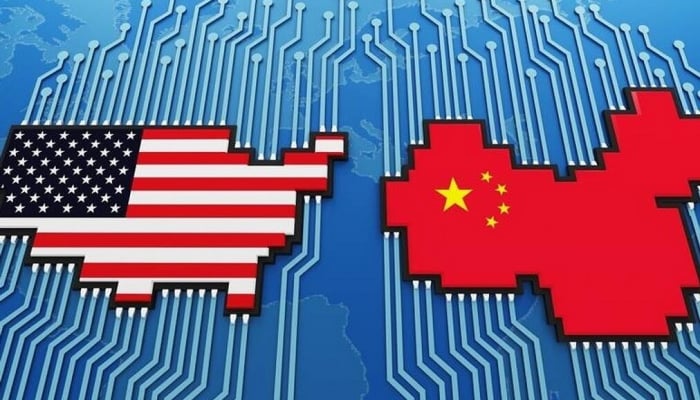

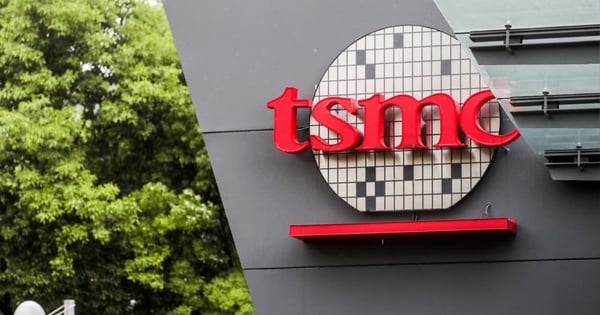
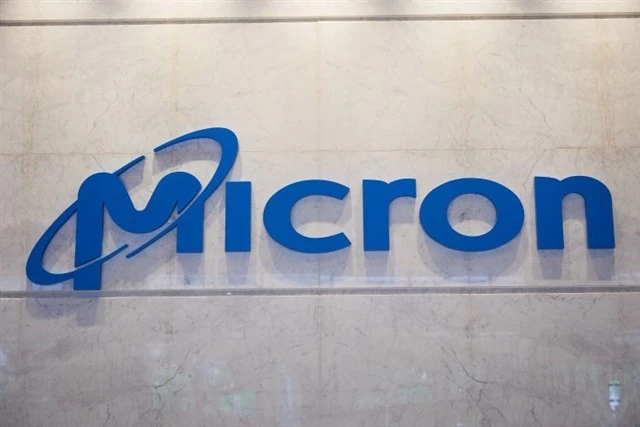

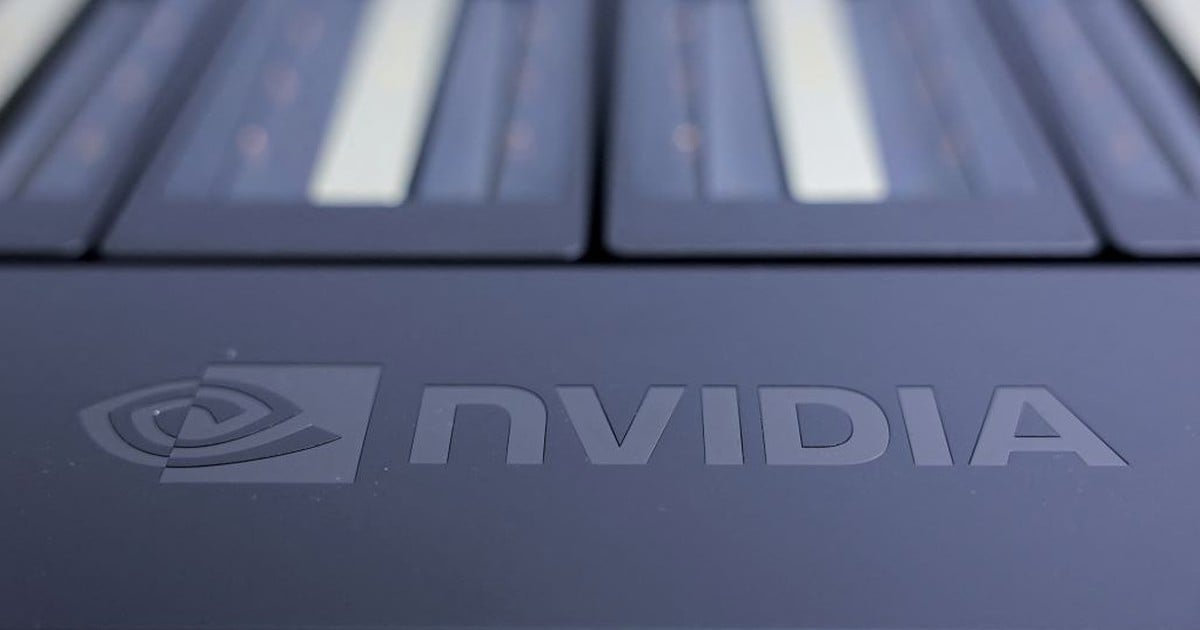
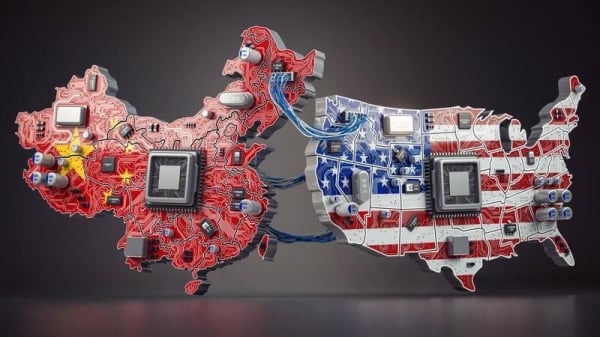

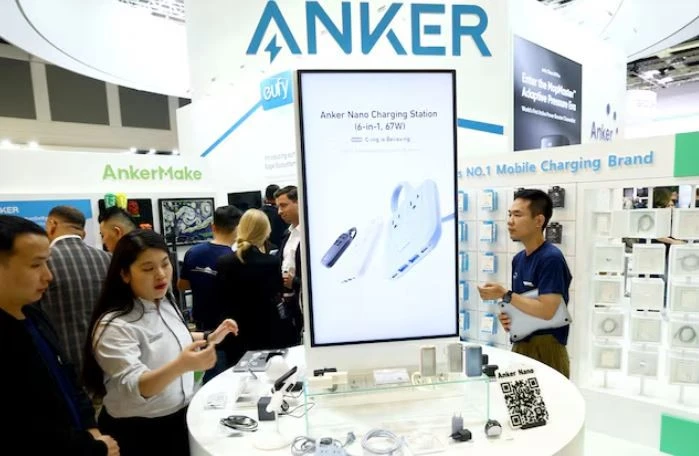
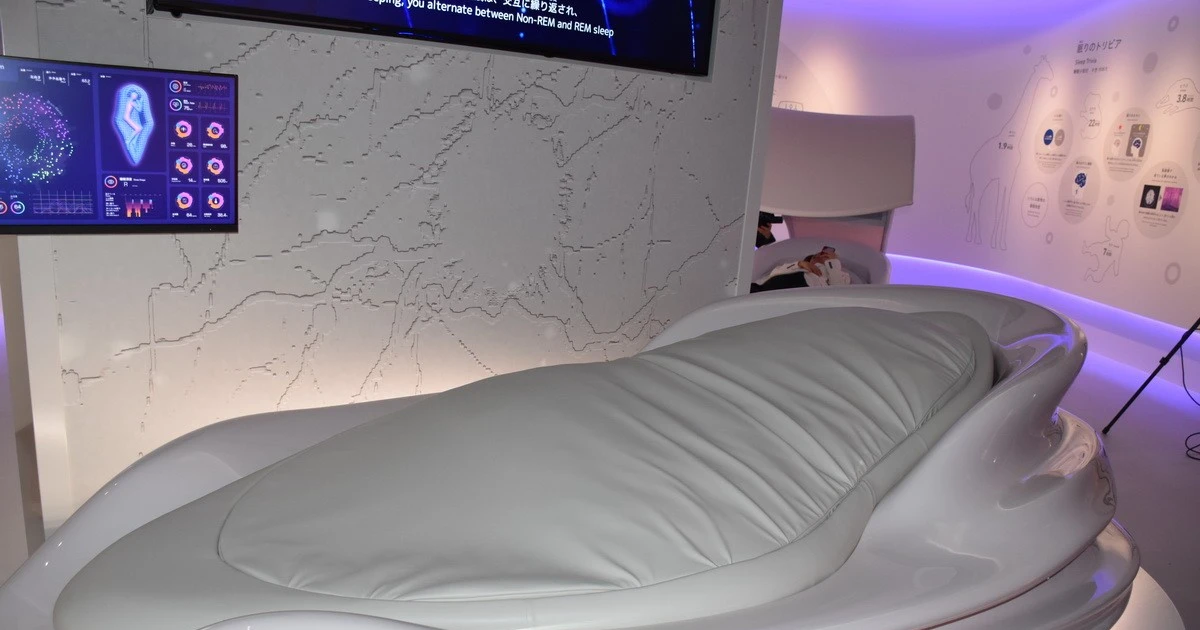
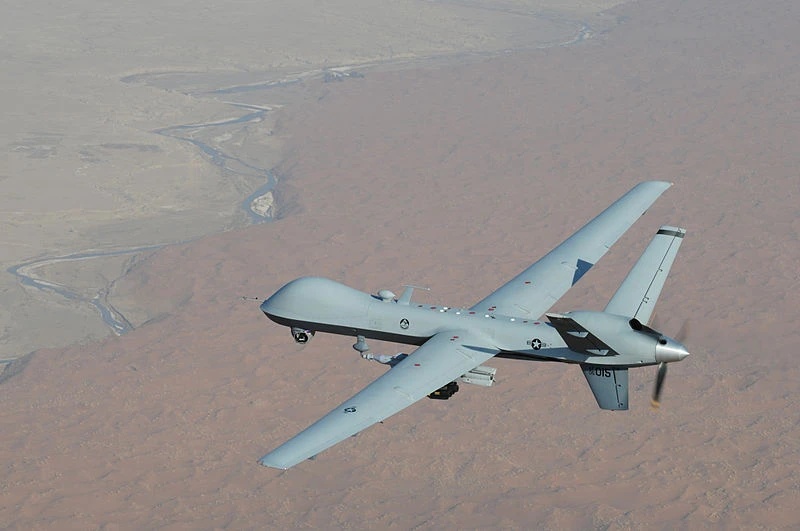

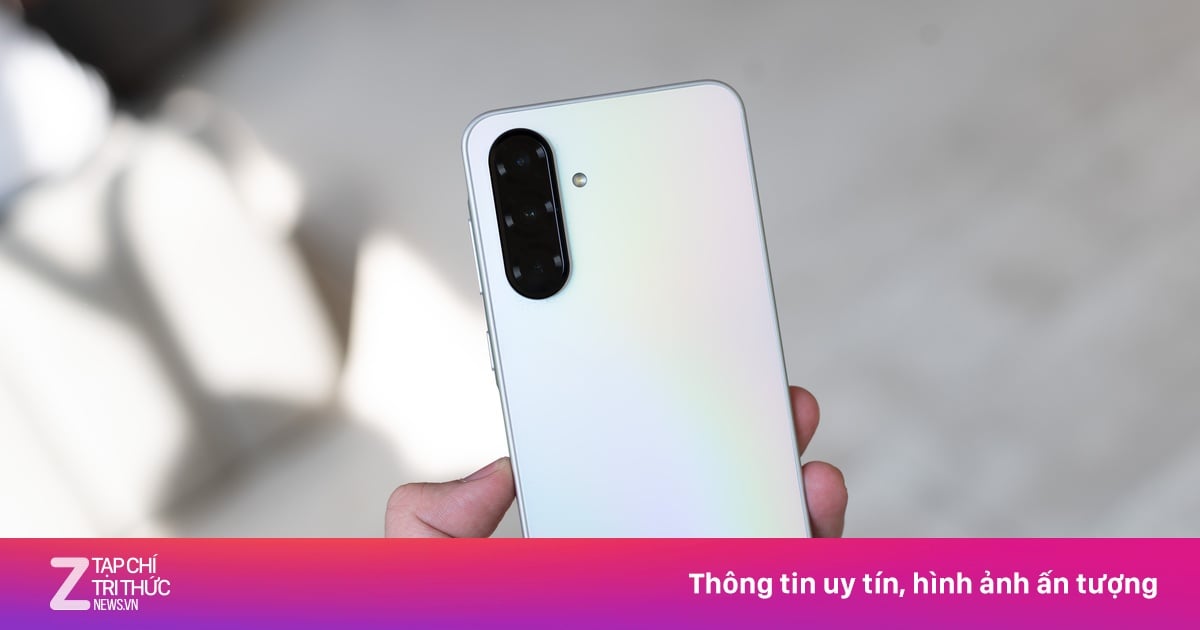
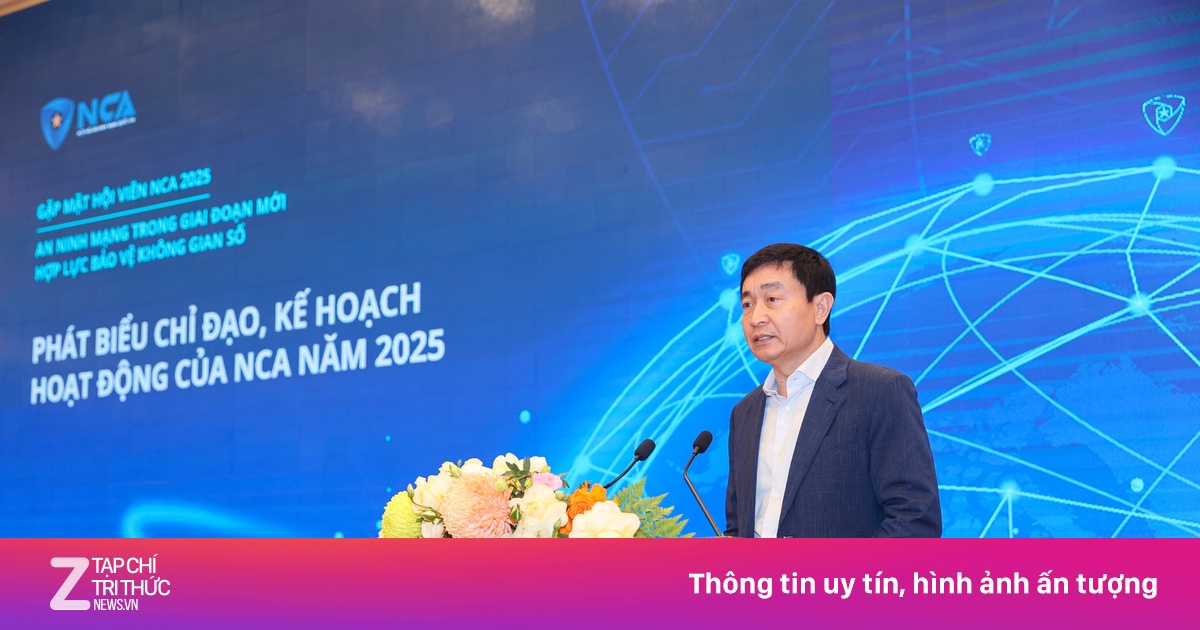



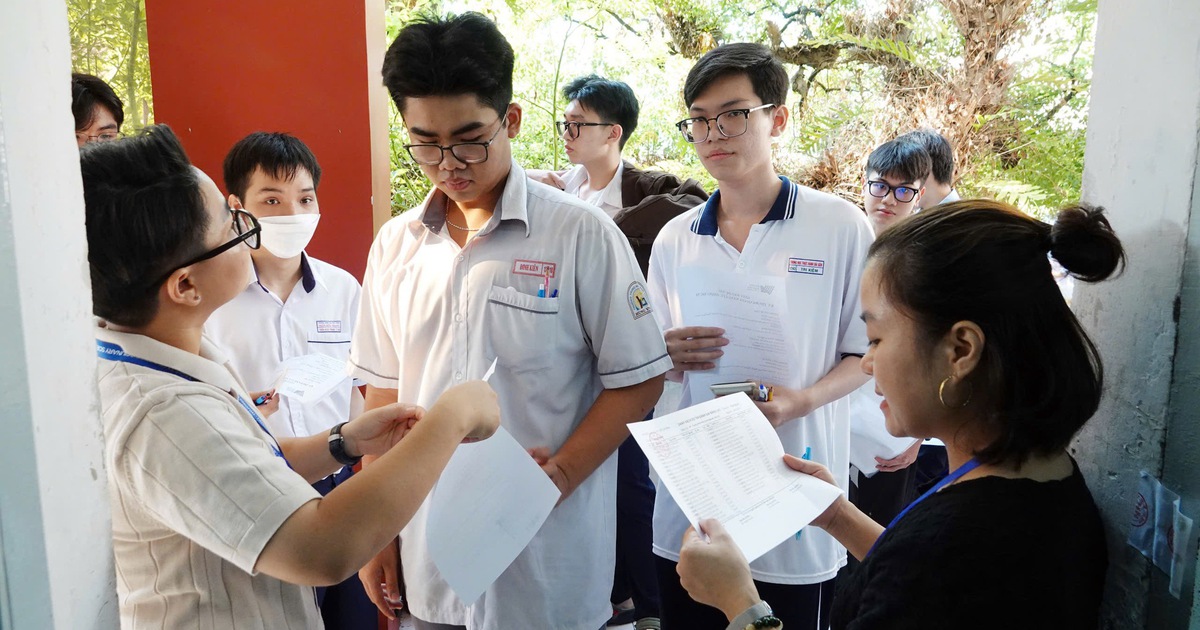

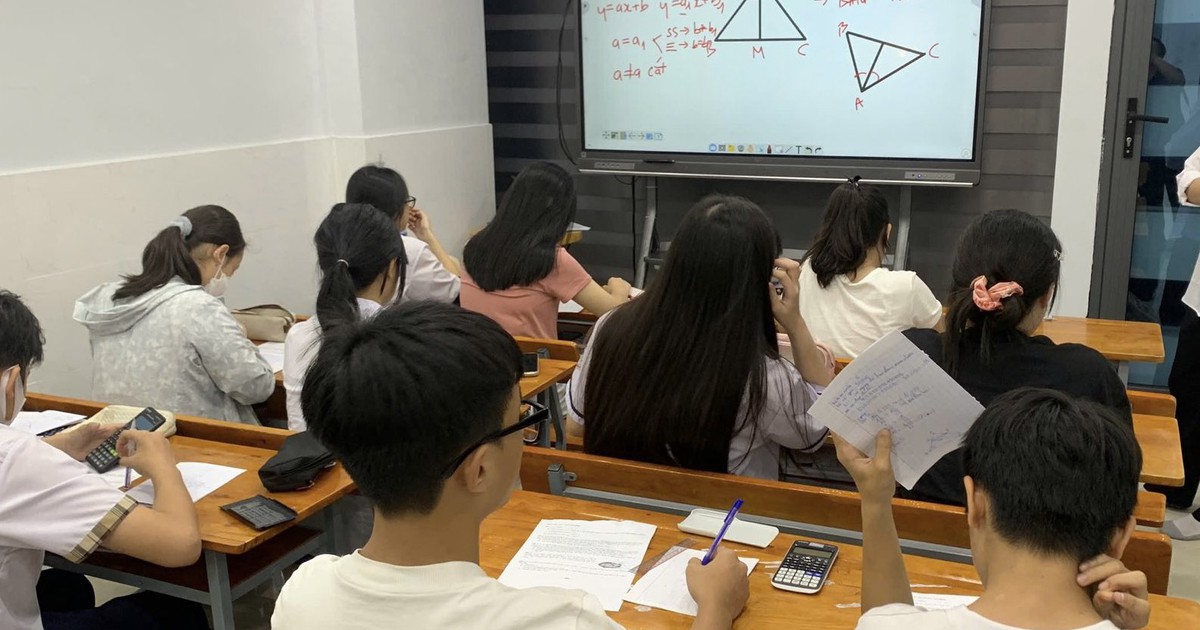

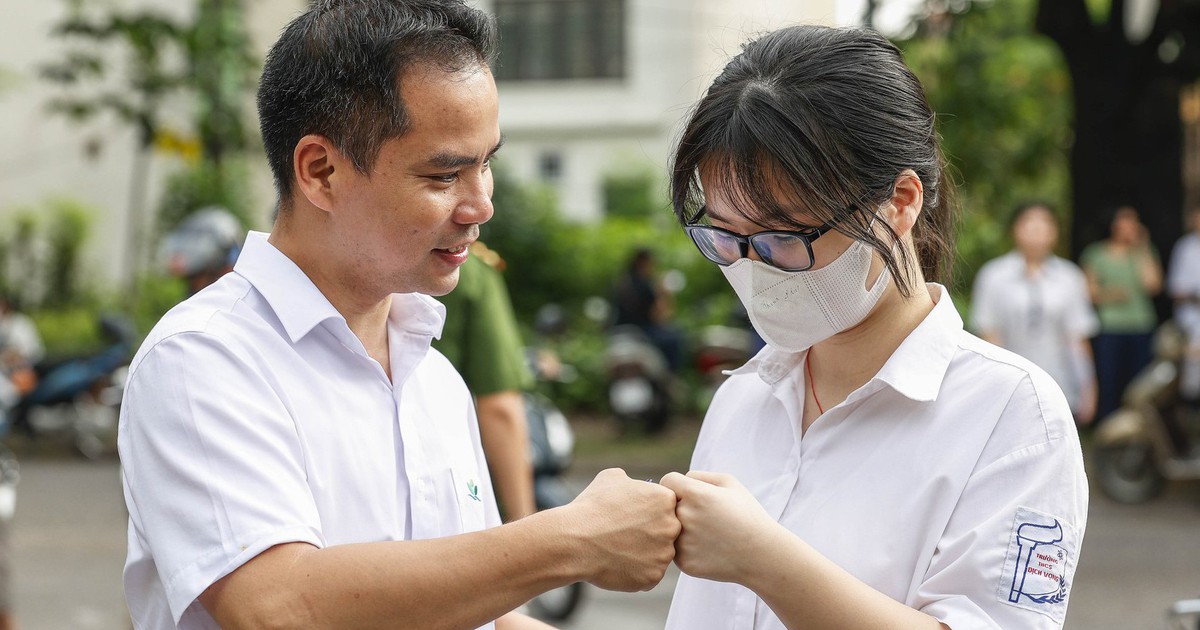

![[Photo] Summary of parade practice in preparation for the April 30th celebration](https://vstatic.vietnam.vn/vietnam/resource/IMAGE/2025/4/11/78cfee0f2cc045b387ff1a4362b5950f)
































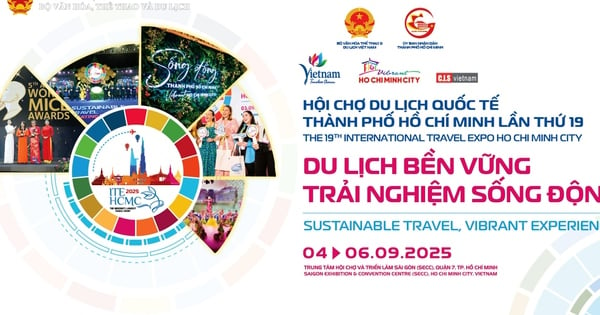








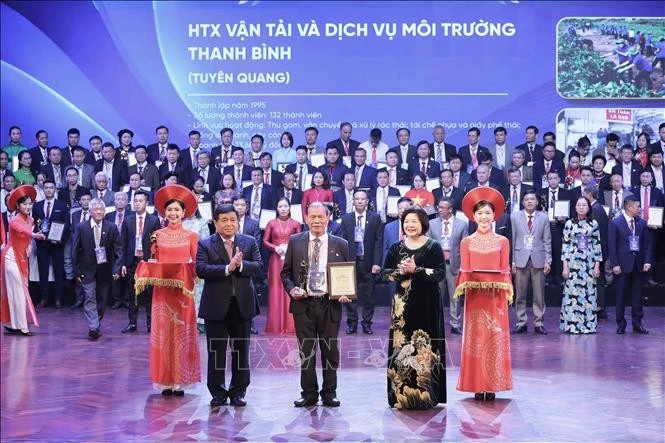

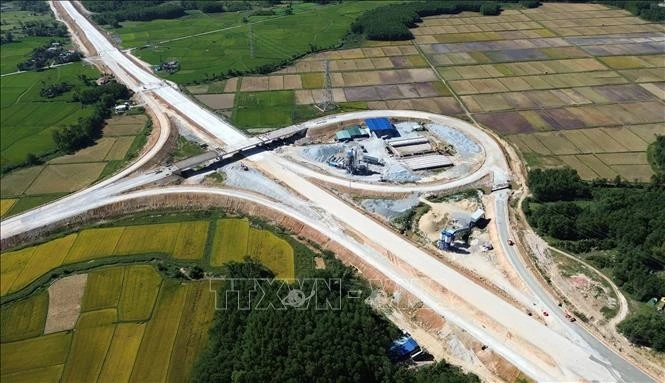


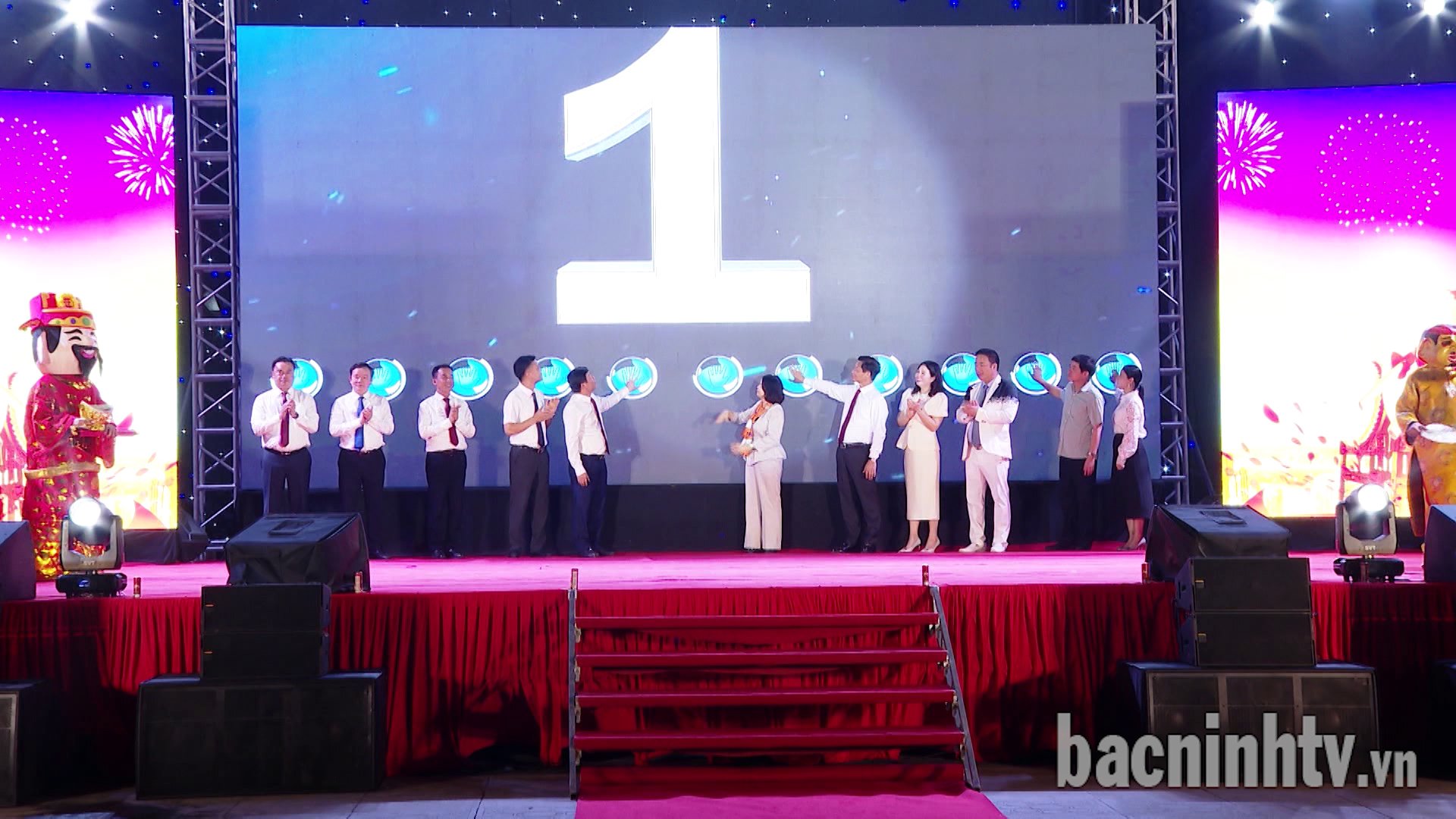
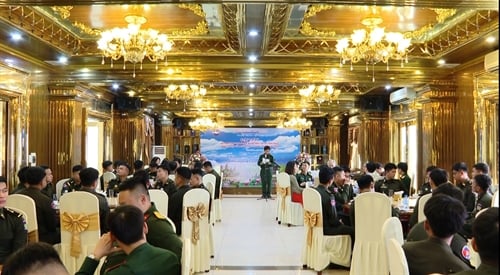













Comment (0)